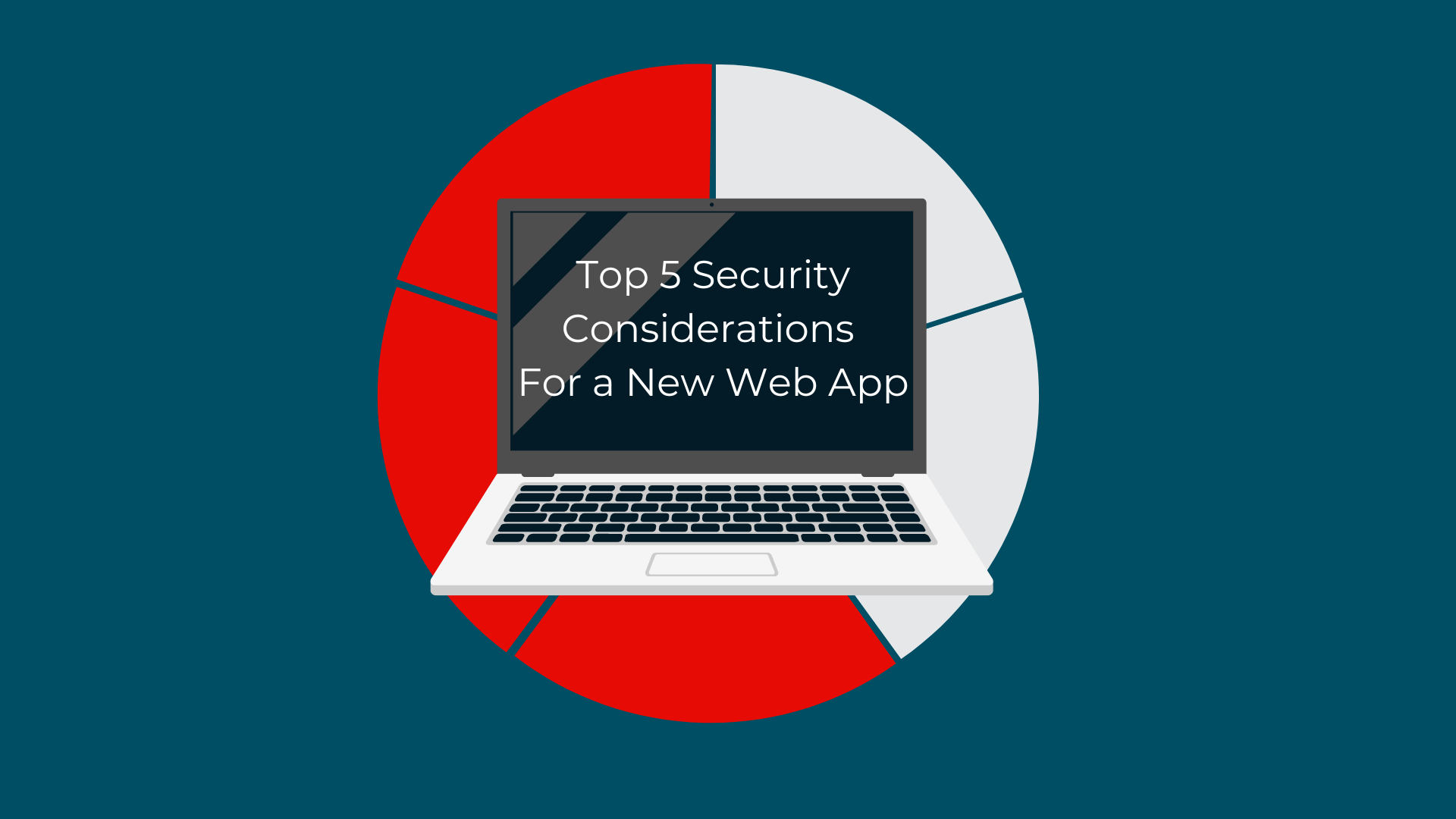Modern networks have more than their fair share of risks, with the most damaging often being data breaches, including ransomware attacks. According to the 2023 Verizon Data Breach Investigations Report (DBIR), stolen credentials and ransomware attacks account for the largest share of data breaches in 2022. As seen in the screenshot below, IBM estimates that the average cost of a data breach globally in 2023 to be $4.45 million, with an average per-record cost of $165. Let’s be honest, that’s EXPENSIVE.
A question that Secure Ideas has received since inception (and, quite frankly, more and more often lately) is “How can Secure Ideas help my organization manage our risks and lower our costs?” Our answer is actually pretty simple – get a security assessment or penetration test done by our team of seasoned, skillful experts with years of experience. At Secure Ideas, our primary focus is delivering the best pentest experience ever. And because pentesting is our bread and butter, we witness risk first hand and help mitigate it.
Risk Management
At its core, security is about risk management. Managing risk is often costly from a time, human capital, and financial perspective. There are several strategies to manage risk, including mitigation (reducing impact from an imposed threat), avoidance (evading risk by taking a different route to achieve a goal), acceptance (understanding that the cost of the mitigation outweighs the cost of the risk itself), and transference (having another entity take on the responsibility of the risk).
Let’s talk about risk transference, specifically one of the most common methods of risk transference – cyber insurance. Cyber insurance is fast becoming essential as a risk management strategy for many businesses. Having good coverage in the event of an incident or breach can save an organization hundreds of thousands or even millions of dollars. But while finding the right coverage for your organization is important, so is finding the right cost – and over the last few years, cyber insurance premium prices have been skyrocketing.
Insurance Costs
Insurance companies create and use risk profiles for setting up policies and premiums for cyber insurance. A risk profile is a quantitative analysis of the types of threats an organization can face. The following list contains just a few factors that can increase the cost of cyber insurance premiums:
- Insurance policy terms – What kind of coverage does your organization need? How much is the deductible?
- Industry – The type of industry your organization is in can influence how much your costs will be.
- Amount and types of data stored – Does your organization store sensitive data? How is that data handled?
- Data sensitivity – How is data classified? PII, ePHI, and PCI data is much more valuable to an attacker, and can result in higher costs.
- Annual Revenue – The higher the amount of revenue your organization does year after year, the more valuable a target you can become for an attacker.
- Organization Size – The more people your organization has working for it, the higher the likelihood of a breach from social engineering attacks or stolen credentials.
- Claims History – Like any other insurance, if you have a claim, your organization’s cyber insurance rates can get raised because it has demonstrated liability.
There are also factors that can decrease an organization’s risk profile, which will lower the overall cost of cyber insurance. This is where Secure Ideas’ Professionally Evil Testing as a Service (PETaaS) offering can help.
- Implementing Strong Security Controls – Modern network security requires more than just setting up a firewall and antivirus. Controls such as multi-factor authentication, zero-trust networking, virtualization and container security, network segmentation, and secure access service edge are just the beginning.
- Conducting Regular Penetration Tests – Annual or semi-annual penetration testing is a key to assessing vulnerabilities and risk within your network and web applications. According to the 2023 DBIR, web applications accounted for the largest portion of data breaches.
- Performing Regular Security Assessments – Security assessments offer a comprehensive overview of your organization’s security posture. Controls are assessed and ranked to determine what your risk profile is, complete with expert recommendations to help mitigate risk before it becomes an incident.
How Secure Ideas Can Help
Secure Ideas has a world class team of cybersecurity experts which can not only help lower your organization’s cyber insurance overall costs, but also can help mitigate risks at every turn.
Our newest offering, Professionally Evil Testing as a Service (PETaaS), is helping several organizations manage their risk at a whole new level. Our PETaaS clients receive expert guidance, strategic advice, and technical consulting on all aspects of cybersecurity. Also, with our flexible test credits and continuous penetration testing offerings, your organization can receive penetration tests on an almost at-will basis, so your organization can always know what your risk level looks like.
Some organizations that haven’t had a penetration test on their network or applications before can find it daunting to have one completed. If your organization fits in this category, we have you covered. As a precursor to a pentest, our clients will often have a security assessment completed. This helps the organization to understand where they stand from an overall security maturity level, and helps them address vulnerabilities and misconfiguration issues before they become a problem. As stated above, having a security assessment done can also help lower the costs of cyber insurance.
Even if you don’t need (or want) a pentest right now, PETaaS credits can also be used for security assessments, gap analyses, and any of our other security consulting services, including our Infosec Advisory services. With PETaaS, you connect directly with Secure Ideas’ consultants through Slack channels (or other channels if needed) and get expert advice within minutes. Our PETaaS clients are repeat clients, because they appreciate the level and speed of service that they receive.
On a cyber insurance risk profile, having a team like Secure Ideas can help greatly lower your organizations’ costs, while also helping you manage risk at a higher level – and that’s a win-win.


